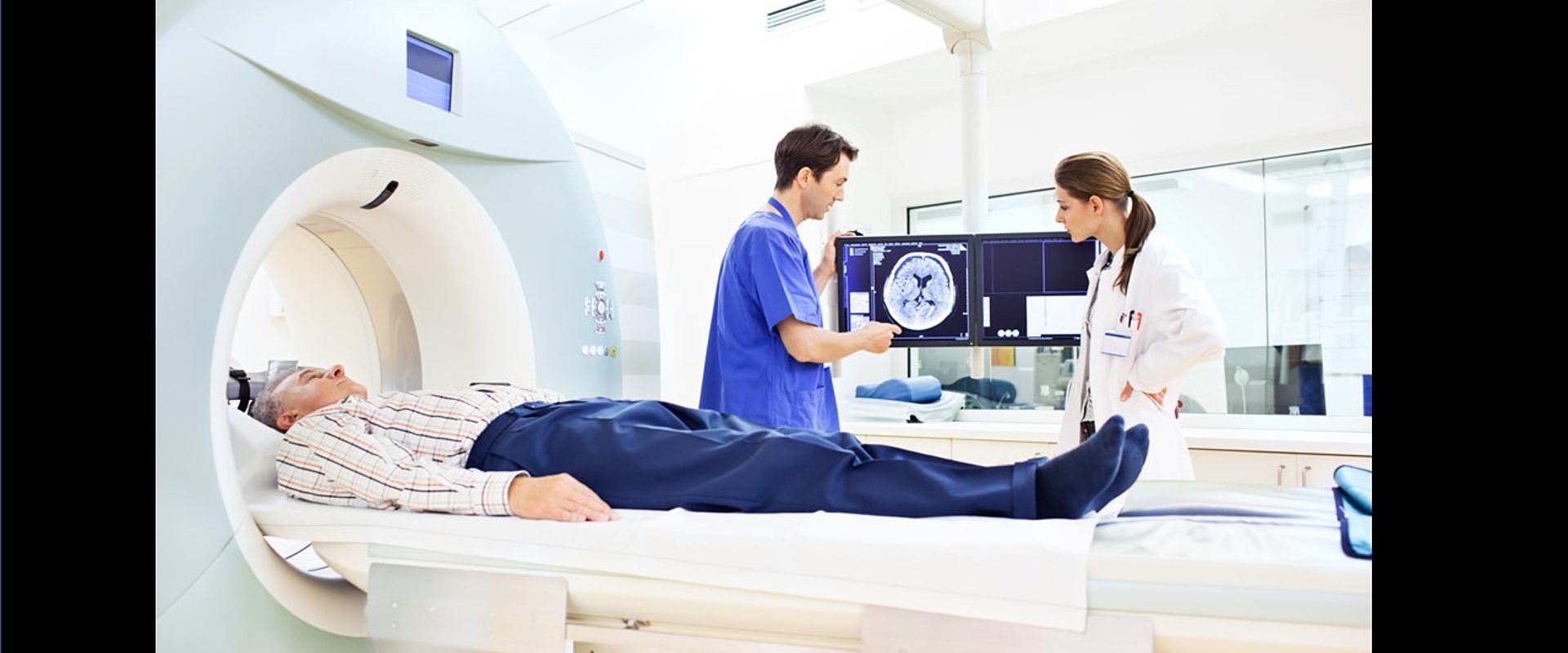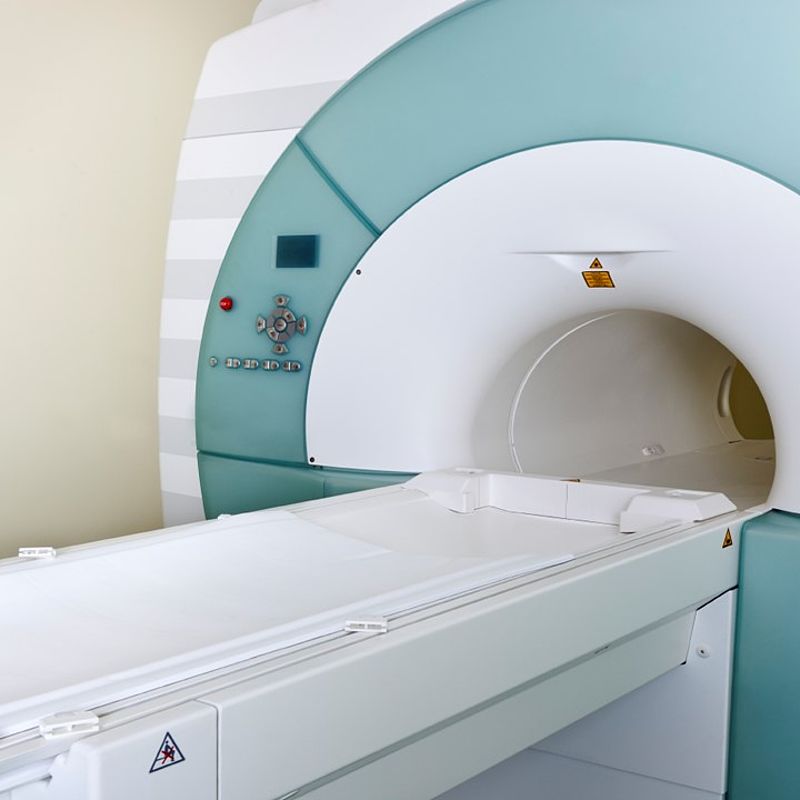
MRI standards spur innovation
Challenge
Magnetic Resonance Imaging (MRI) is a diagnostic tool used to detect serious medical conditions, including cancers, heart disease and strokes. Thirty million MRI scans are performed in the EU each year providing doctors with valuable 3D images without the need for invasive investigations or patients being exposed to ionizing radiation.
Increasingly, more powerful MRI scanners are being used to guide surgeons performing delicate key-hole procedures. This places medical staff close to the operating scanner and exposes them to the static magnetic fields MRI generate. When staff move “motioninduced” effects due to the magnetic field can cause sensations of nausea, vertigo and also disturb vision. This introduces concerns for both patient and staff safety.
The EU Directive 2013/35/EU introduced in 2014, set legal exposure limits for workers performing tasks in magnetic fields and requires risk assessments to be performed to ensure they remain safe. The Directive requires the characterisation of workers’ exposure to the so-called “motion-induced” effects. Specific procedures for exposure assessment are needed based on highly accurate and robust calculation methods and simulations to ensure the safe use of this important imaging technique and enable its extension into new surgical procedures.
Solution
The EMRP Project, Metrology for next-generation safety standards and equipment in Magnetic Resonance Imaging developed new computational tools and models to calculate the physical effects induced within the bodies of medical staff moving through the strong stationary magnetic field of MRI scanners. These tools can be used to predict both the maximum variation of the magnetic field experienced by workers performing tasks near to the scanners entrance and also the corresponding induced electric field, which could stimulate the nervous system creating sensory effects.
The extensive use of the project’s computational tools has led to a wide survey of different MRI platforms and many different staff movements. This has generated a body of evidence on how some movements performed near to the scanner entrance can create the conditions needed to exceed safe MRI exposure limits.
Impact
National health authorities and regulators rely on reference documents from International safety standardization organizations when setting legal limits for worker safety across many risk areas. One such reference is the International Commission on NonIonizing Radiation Protection (ICNIRP) 2014 publication on specific exposure levels for staff performing tasks near operating MRI. These are used in the EU Directive 2013/35/EU which governs worker safety near operating MRI magnetic fields.
European Hospitals are required by this Directive to conduct risk assessments to ensure staff do not exceed safe working conditions during the performance of their duties. Hospitals must link proposed staff movements to ICNIRP exposure limits. The projects assessment procedure provides hospitals with a validated framework to use to evaluate the safety of staff movements when planning new surgical procedures. This enables hospitals and staff to have greater confidence in identifying critical situations where movements may exceed safety limits and the early introduction of strategies to reduce worker exposure and reduce the incidence of “motion-induced” sensations. An important step towards safe performance of new MRI guided surgical procedures.
- Category
- EMRP,
- Health,
